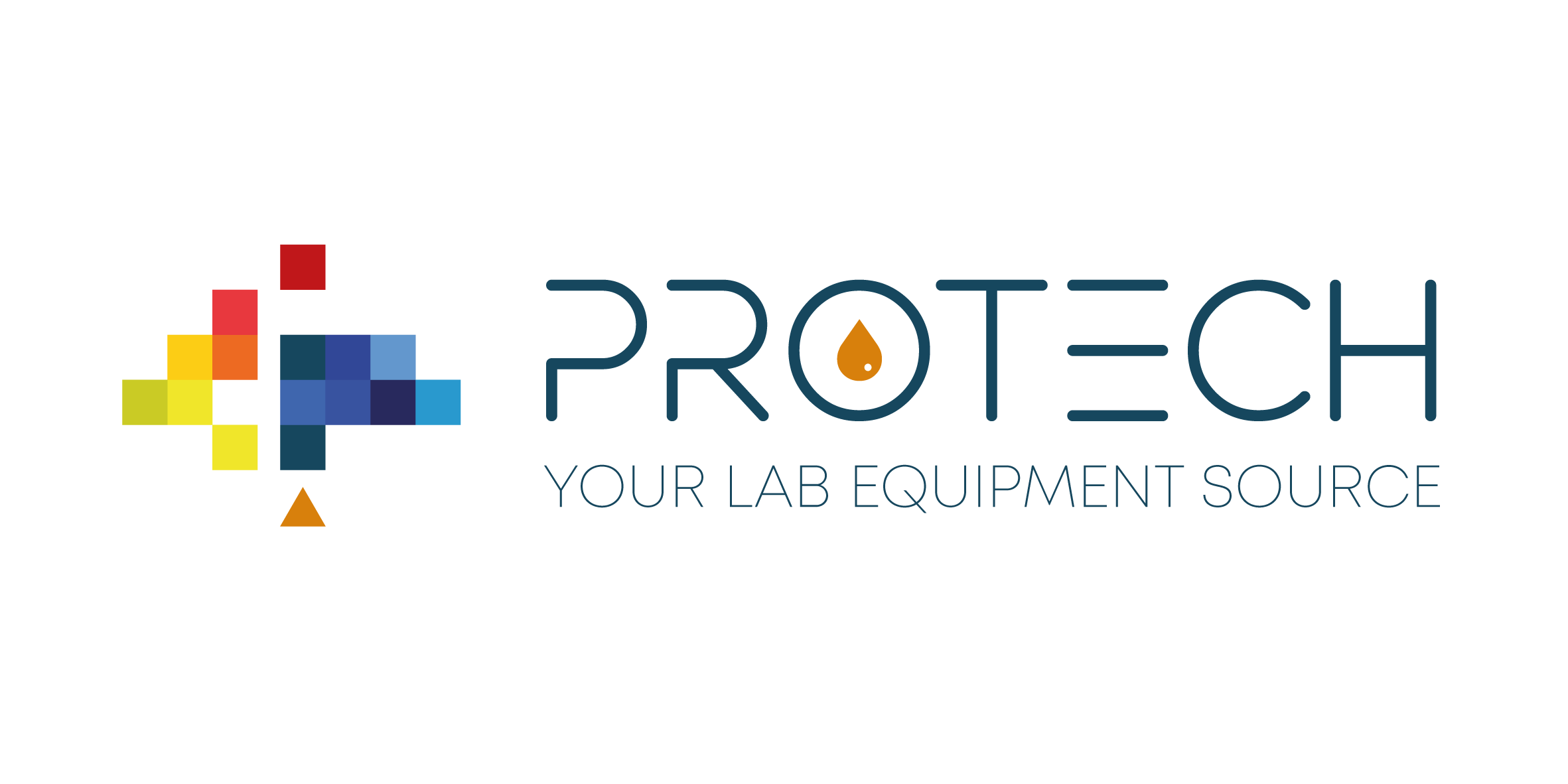Aircraft must live up to extremely high expectations for readiness and reliability while operating in extremes of temperature, pressure and humidity. Because of these demands, the engines must be maintained at top performance which drives the need for early detection and correction of engine and lubricant anomalies. Compounding this is the fact that aircraft are often at a given location for a limited period of time before being routed to the next destination. Therefore mechanics need very sensitive measurements of lubricant and component condition with results available in minutes so that they may take the proper action while the aircraft is still in the hangar.
Synthetic Polyol Ester fluids are the fluids of choice to lubricate aircraft gas turbine engines used in commercial and military service requiring MIL-PRF-23699F-STD level performance. It also is used for aircraft-type gas turbine engines in industrial or marine service applications. These synthetic lubricants are formulated to meet the demanding requirements of aircraft type gas turbines operating over a wide range of severe operating conditions. They have excellent thermal and oxidation stability to reduce sludge and varnish deposits and they have a high specific heat. The lubricants also retain viscosity and film strength over a wide temperature range (-40°C to 204° C or -40°F to 400°F).
These types of lubricants can exhibit confounding matrix effects when they are analyzed for particles using Optical Emission Spectroscopy. The SpectrOil M accounts for these effects by allowing the user to create custom calibrations to counter these matrix effects, enabling accurate measurement of wear particles.

